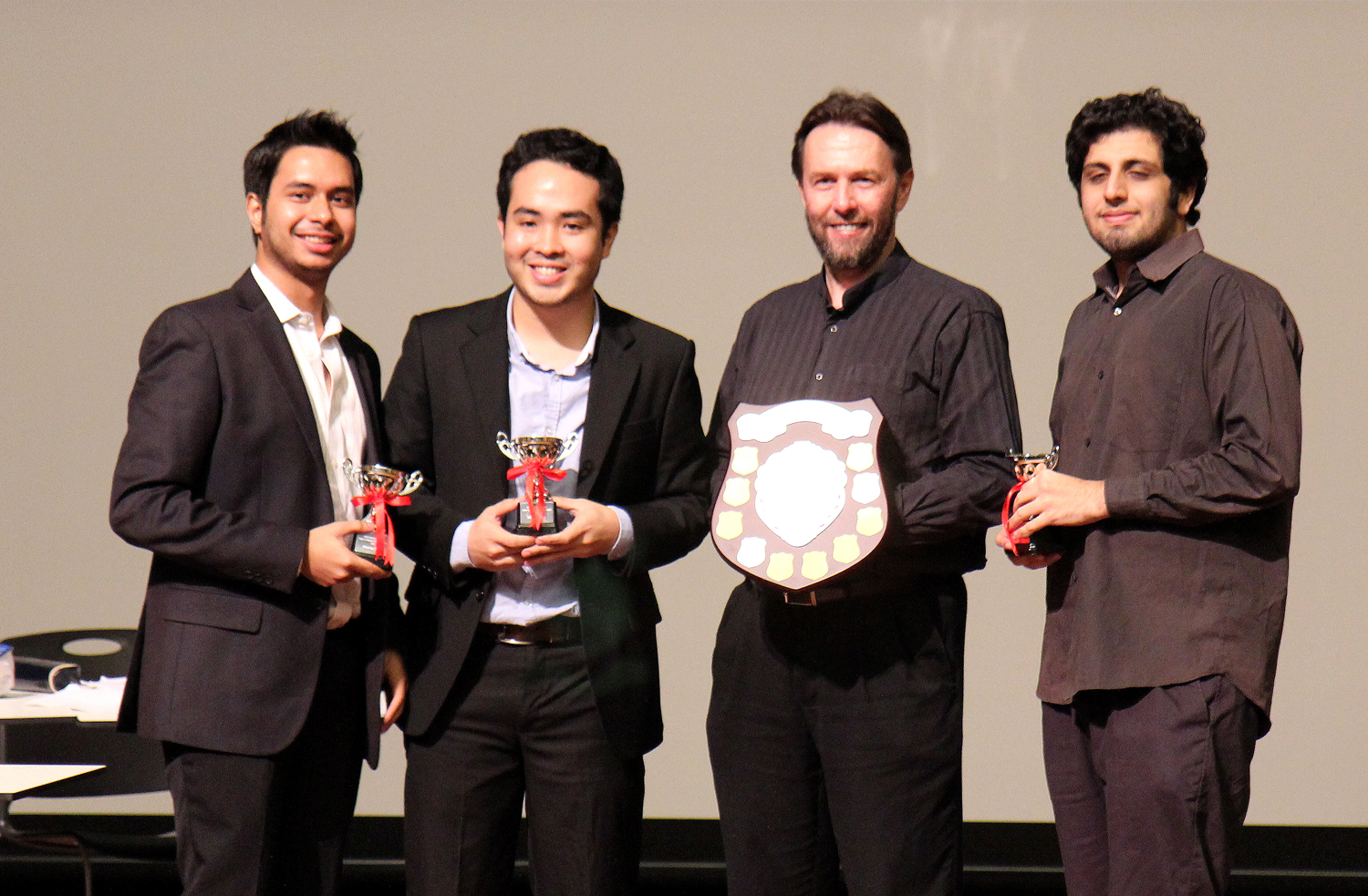Bursary enables Tembusu student to do more for community
Article extracted from NUS Development Office website. For original article, click here.
Second Year student Valencia Ng won the National University of Singapore (NUS) Student Achievement Award this year. But not so long ago, she was plagued by fears of having to worsen the financial strain on her parents by making them pay for her education or the prospect of heavy debts on graduation.
However, thanks to the SR Nathan Bursary, those days are behind her. She says, “When I received the Bursary from kind and generous donors, I was really touched and filled with gratitude. It has helped to supplement my allowance so that I no longer have to worry about living expenses and tuition fees. More importantly, my parents now do not have to worry about my school fees.” The SR Nathan Bursary was set up by the Community Foundation of Singapore, on behalf of the S R Nathan Education Upliftment Fund.
Bursaries are critical tools in NUS’ endeavour to encourage upward social mobility. Gifts to bursaries have far-reaching impact on improving the lives of students like Valencia and their families, many of whom are from Singapore’s lowest per capita income households. Bursaries help to level the playing field for these students. They can reduce the amount of part-time work they take on and focus on their studies and improve their grades. And by incurring a lower debt burden, they can immediately improve the wellbeing of their families when they start their first job.
Valencia, who is very interested in community work, originally wanted to pursue a degree in social work. However, she went ahead with a degree in Chemistry with a minor in Human Services on her parents’ advice.
Valencia continues to be involved in various community projects. In 2012, she was the project director for Operation Smile Carnival, which sought to raise awareness of the cleft lip condition in children, locally and globally. The project won the Silver award for the Pitch to SHINE grant by the National Youth Council, which funds youth projects that encourage contributions to the community.
Valencia’s contributions to society were highlighted at this year’s Student Achievement Awards, organised by NUS’ Office of Student Affairs. The Awards recognise students and groups who have excelled in activities outside the classroom, making significant contributions to society and bringing honour to NUS.
“When Professor Tan Chorh Chuan commended me, I finally realised the significance of the community projects I’ve done. I feel that a lot of times, we gauge the success of an event by the amount of recognition we get or the scale of the project. What I learnt was to gauge the success by the intention, and only then can we really feel the impact that we are making, however small it may be.”
With her financial worries taken care of, Valencia, who lives on campus in University Town’s Tembusu College, is able to engage in meaningful work and activities. She has initiated a mentoring programme, TMentors, which encourages NUS students to give back to society through teaching students of the nearby New Town Secondary School and introducing them to diverse interests and skill-sets. Come this summer break, Valencia will also be taking up a teaching position at the Asian Women Welfare Association.
Valencia expresses her thanks to NUS for giving her the opportunity to use her time to do meaningful work. She says, “With the financial load off my shoulders, I am able to concentrate better on my studies and use my time to realise my passion for community service.”




